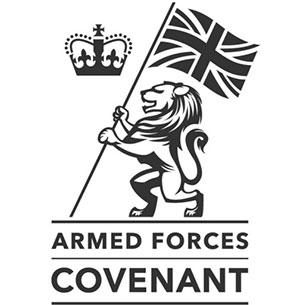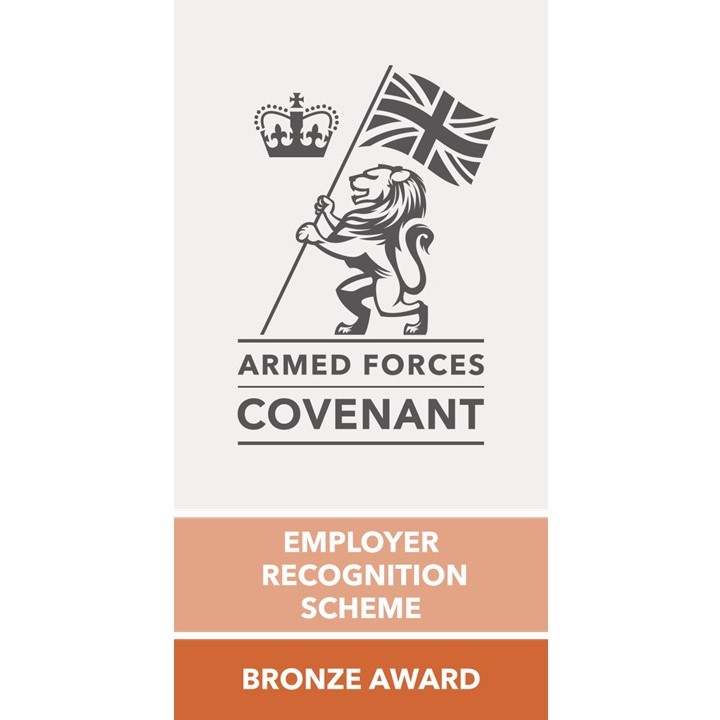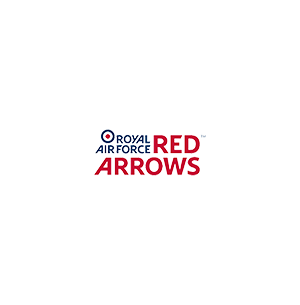What happens at a Blue Skies session?
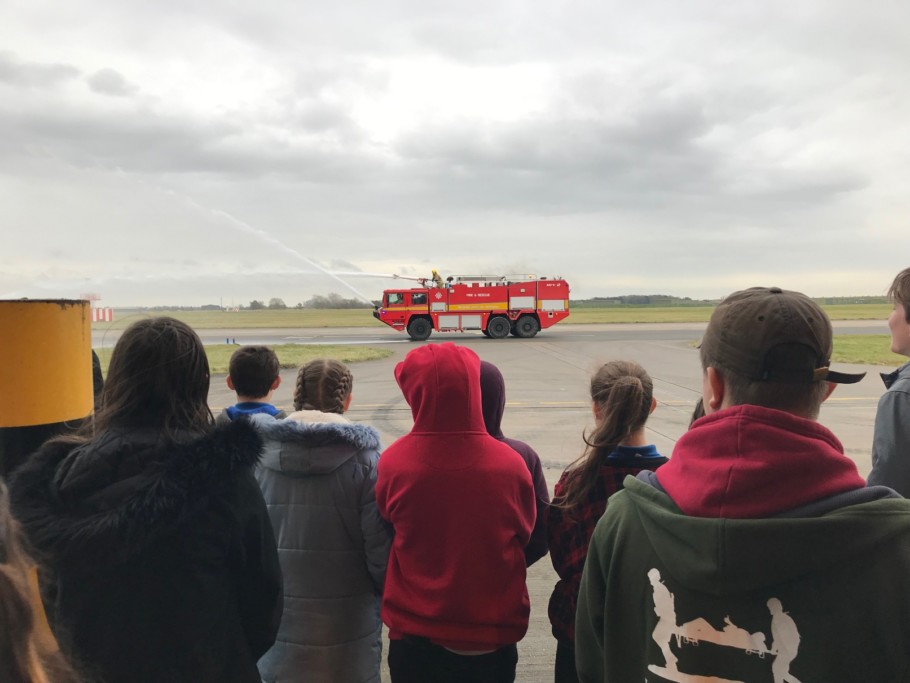
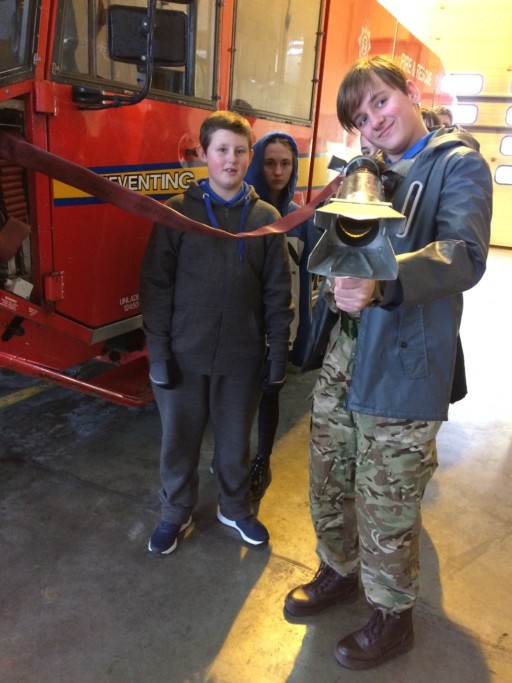 Students from Priory Witham Academy in Lincoln learnt new skills and met inspirational role models in their second Blue Skies session on 16 January 2020. But what does a Blue Skies session involve? And how does the Blue Skies programme benefit the children who take part?
Students from Priory Witham Academy in Lincoln learnt new skills and met inspirational role models in their second Blue Skies session on 16 January 2020. But what does a Blue Skies session involve? And how does the Blue Skies programme benefit the children who take part?
The importance of communication within teams
Hosted and facilitated by the Fire and Rescue Team at RAF Waddington, this session focused on the importance of communication within teams. The pupils gathered at the nearby base, accompanied by their teacher Naomi Uddin and JET’s Youth Liaison Officer LJ Critchell, all set for learning and applying new skills.
 Wing Commander Colin Redican, who is in charge of 385 staff members at RAF Waddington, opened the session with a short talk about the importance of clear communication. He briefly reflected on the meaning of ‘team’, and how each small unit in the military is part of a bigger whole, up to working as part of international coalition forces when squadrons are employed overseas.
Wing Commander Colin Redican, who is in charge of 385 staff members at RAF Waddington, opened the session with a short talk about the importance of clear communication. He briefly reflected on the meaning of ‘team’, and how each small unit in the military is part of a bigger whole, up to working as part of international coalition forces when squadrons are employed overseas.
The children learned about the importance of shared goals and motivation when communicating, as well as clarity of message, choice of communication channel, body language, and differences between cultures. They heard how getting the right message and meaning across is essential to ensure that a team can successfully fulfil its mission. The children then experienced for themselves in four interactive games how assumptions can influence decision making and outcomes if communication is not clear.
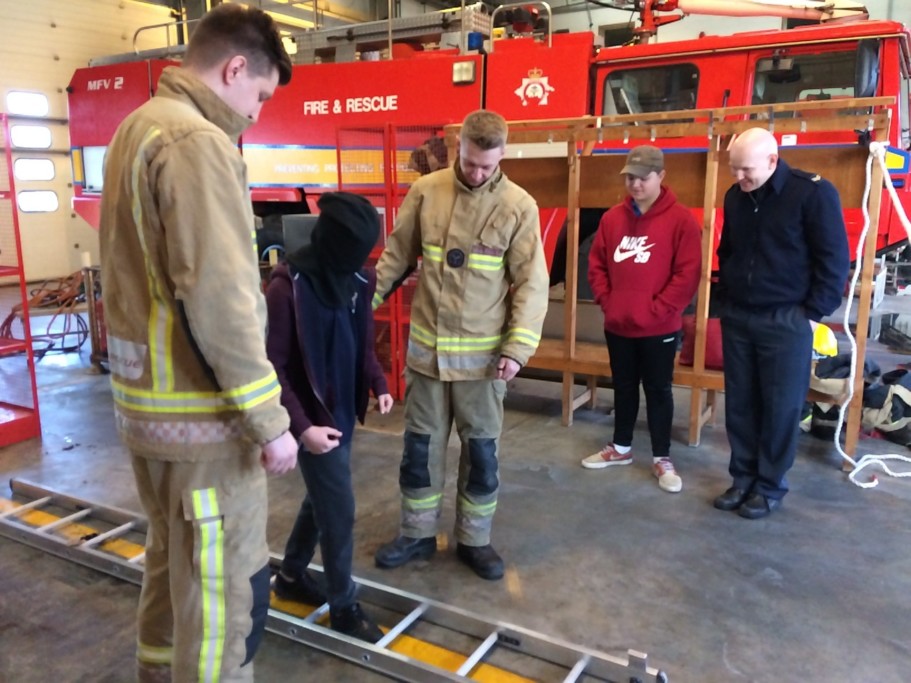 Practical application 1: the blindfold game
Practical application 1: the blindfold game
Volunteers from the Fire and Rescue Team let the children experience the game in turns. They were blindfolded and then had to listen to and follow clear instructions from one of their fellow students to navigate an obstacle course.
Practical application 2: the dark room
Building on the idea of negotiating an obstacle course blindfolded, students had to navigate a dark room simulating the scene of a fire. In teams of two, and kitted out with helmets, gloves and a torch, they each received a brief on how to move safely through the room.
Practical application 3: replicating a shape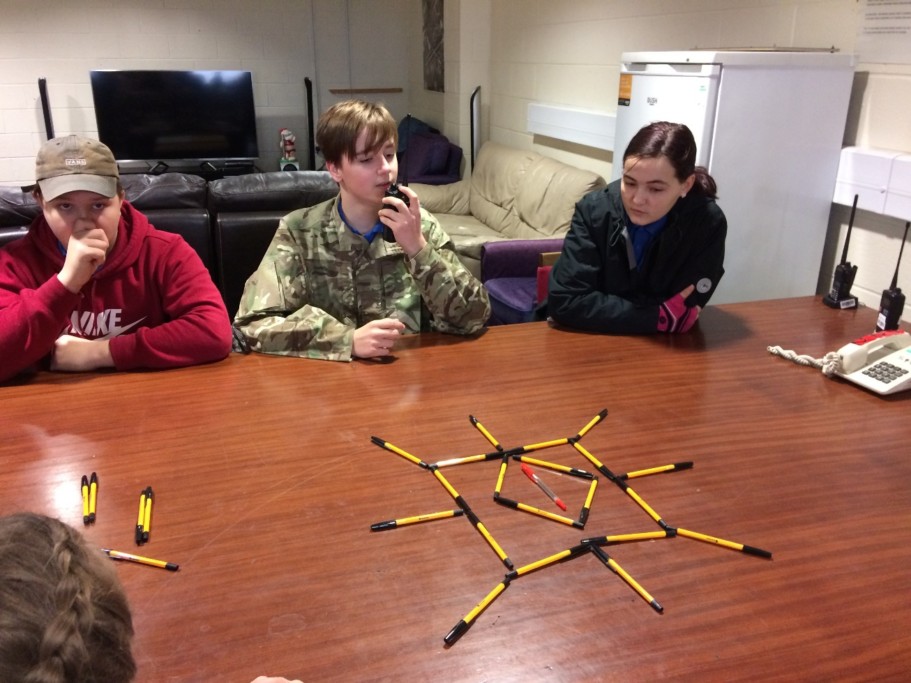
This e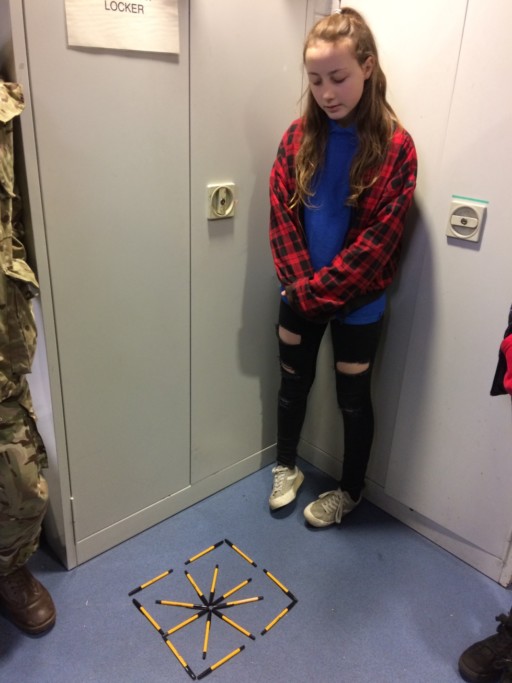 xercise involved team work and communication between two teams of several students. Team 1 agreed on quite a complex shape made from laying pens out in a certain order. Team 2 sat in another room and received instructions from Team 1 in order to replicate the shape. This exercise developed so that by the second time the briefing took place, the teams had just 10 minutes to relay the instructions and create the shape.
xercise involved team work and communication between two teams of several students. Team 1 agreed on quite a complex shape made from laying pens out in a certain order. Team 2 sat in another room and received instructions from Team 1 in order to replicate the shape. This exercise developed so that by the second time the briefing took place, the teams had just 10 minutes to relay the instructions and create the shape.
From these simple exercises alone, it was amazing to see how much the children learnt and observed. Reflecting on their experience afterwards, they noted the role and importance in successful communication of giving and receiving clear instructions; paying attention and listening, as well as mutual trust. They also discussed with the session leaders how the perception of competence impacts on someone’s willingness to trust another person and to follow their instructions. They analysed as well, how the dynamic changes when stress factors such as time limitations create extra pressure.
Practical application 4: finding the missing pieces as a blindfolded team
 The most complex and challenging activity of the four practical applications, this exercise involved all students being blindfolded and working together as a team. They had to identify the two missing pieces from four sets of puzzles, each comprising six identical shapes (identical in shape; different colours to enable the team to see if they had been successful when they de-blindfolded!)
The most complex and challenging activity of the four practical applications, this exercise involved all students being blindfolded and working together as a team. They had to identify the two missing pieces from four sets of puzzles, each comprising six identical shapes (identical in shape; different colours to enable the team to see if they had been successful when they de-blindfolded!)
They didn’t succeed in this task, failing to identify the missing pieces correctly. But they found the task fascinating and reflected on the experience with JET’s Youth Liaison Officer LJ afterwards. They discussed how the group dynamic changes when someone takes a lead and how it’s important to take responsibility when things go wrong; instead of blaming the listener for not understanding or achieving the desired result, adjusting their own communication style to be better understood.
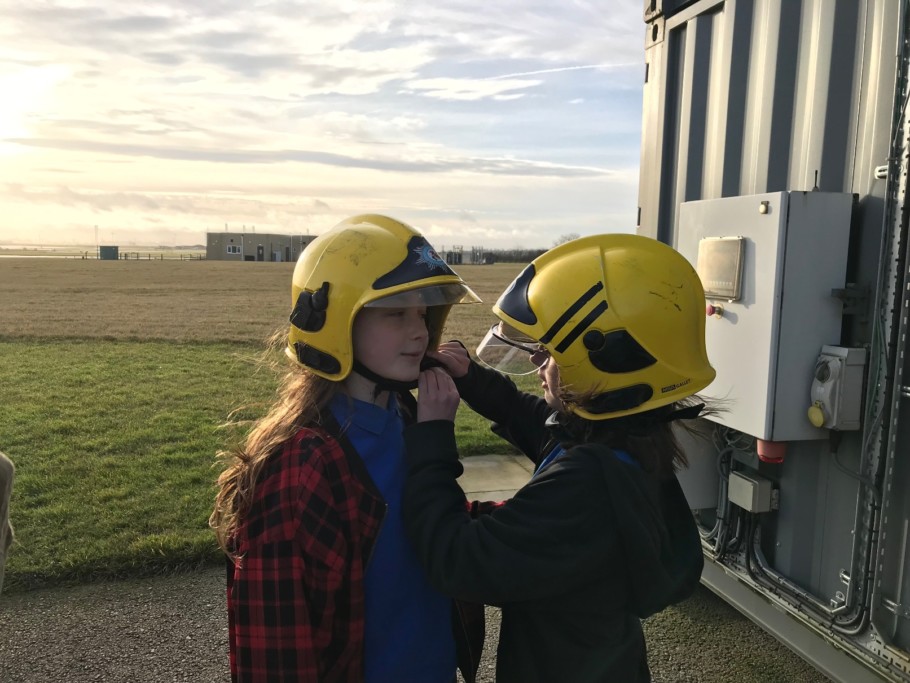 Students also got to try on uniform and explore the fire engines, which gave them an exciting insight into an awe-inspiring job.
Students also got to try on uniform and explore the fire engines, which gave them an exciting insight into an awe-inspiring job.
One of the boys summed up the day in one word: ‘Awesome!’




